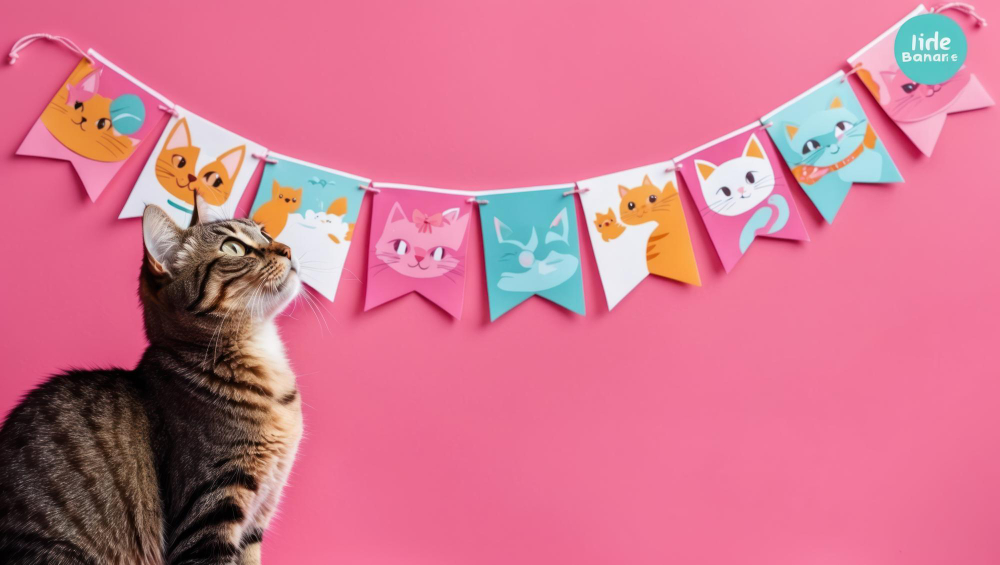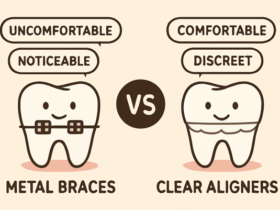If you’ve ever had your cat nudge its head against you, rubbing your leg or face, you might have wondered what that behavior is all about. This endearing action, known as cat bunting, is one of the many ways cats show affection. While it may seem like a simple gesture, cat bunting carries deep meaning in the feline world. Understanding this behavior not only helps strengthen the bond with your pet but also reveals how your cat communicates and expresses love.
What is Cat Bunting?
Cat bunting refers to the act of your cat gently rubbing or nudging its head against you or another object. This behavior is often associated with affection, but it has more layers than just a loving gesture. When a cat bunts its head, it’s not just showing its fondness for you—it’s marking you as part of its territory.
Cats have specialized scent glands located around their face, particularly above their eyes, and when they perform bunting, they’re releasing pheromones. These chemicals help identify members of their “colony,” and in this case, that includes you, their human companion. Essentially, your cat is saying, “You belong to me, and I’m marking you as one of my own.” While this might seem odd, it’s an extremely positive sign of how much your cat loves you.
The Science Behind Cat Bunting
Bunting is not just about affection; it’s also about scent exchange. Cats are incredibly sensitive to smells, and their noses are equipped with scent glands on their face and around their eyes. These glands secrete pheromones, which are hormones that communicate specific messages to other cats. When your cat rubs its head on you, it’s not just a casual gesture. Your cat is essentially creating a shared scent—a bonding process that makes you an official part of its “family” or territory.
The rubbing motion also stimulates the glands, which release the pheromones that strengthen the bond between you and your feline friend. It’s a clear signal of trust and intimacy—your cat is marking you as a part of its close-knit circle.
Why Does My Cat Bunt Me?
There are several reasons why your cat might be bunting you, but the core motivation is affection. Cats use bunting to communicate their love, comfort, and security. Here’s why your cat might be nudging you:
- Bonding: Your cat wants to deepen the connection between the two of you. Just like how people hug or hold hands, cats use bunting as a way to show that they care.
- Scent Marking: Cats are territorial animals, and the head bunting helps them mark their space. When your cat rubs against you, it’s leaving a piece of its scent behind, effectively saying, “You’re mine, and I trust you.”
- Seeking Attention: Sometimes, cats will bunt because they want to be petted or to engage in a little cuddle time. It’s a way for them to communicate their needs.
- Socialization with Other Cats: If you have multiple cats, you may notice them rubbing up against each other too. This is a way for them to maintain social bonds and affirm their relationship.
How to Respond to Cat Bunting
If your cat nudges you with a head bunt, it’s a golden opportunity to reciprocate the affection. When your cat engages in bunting, don’t ignore it. Instead, offer some affection in return—this can be petting, gentle scratching behind the ears, or even mimicking the head bunt yourself. Your cat will appreciate the gesture, reinforcing the bond between you.
What if My Cat Doesn’t Do This?
Not all cats engage in bunting, and that’s perfectly fine. Some cats may show affection in different ways, such as through purring, kneading, or sitting close to you. If your cat doesn’t head bunt you, it doesn’t mean they don’t love you—it just means they express their affection in other, perhaps more subtle ways. Every cat is unique in how they interact with their human companions.
Other Ways Cats Show Affection
While bunting is a clear and open demonstration of affection, cats have other ways to show they care. Here are some additional signs of love from your feline:
- Purring: A content, relaxed cat will often purr when being petted. If your cat purrs when you’re around, it’s a clear sign they feel safe and loved in your presence.
- Slow Blinking: Cats will often blink slowly at their owners as a sign of trust. In fact, slow blinking is sometimes referred to as a “cat kiss,” and if you blink back, your cat will appreciate the gesture.
- Grooming: Cats who groom their humans are showing a sign of affection and trust. It’s their way of keeping you “clean” and sharing their scent with you, much like they would with other cats in their group.
- Kneading: Kneading is when your cat presses their paws against you in a rhythmic motion. This behavior is reminiscent of kittenhood when cats kneaded their mothers to stimulate milk flow. As an adult cat, it’s a sign they feel comfortable and secure with you.
- Following You Around: If your cat follows you from room to room or sits nearby, it means they enjoy your company and want to be close to you.
End Note
Cat bunting is a behavior that signifies love, affection, and trust between you and your feline companion. When your cat rubs its head against you, it’s a clear signal that you’re an important part of their life and territory. While not every cat will demonstrate bunting, those who do are likely showing a deeper connection with you. Whether it’s through bunting, purring, or slow blinking, every cat has its unique way of saying “I love you,” and cat bunting is one of the most heartwarming gestures they can share. So, the next time your cat rubs up against you, take it as a special sign of their affection and bond!







